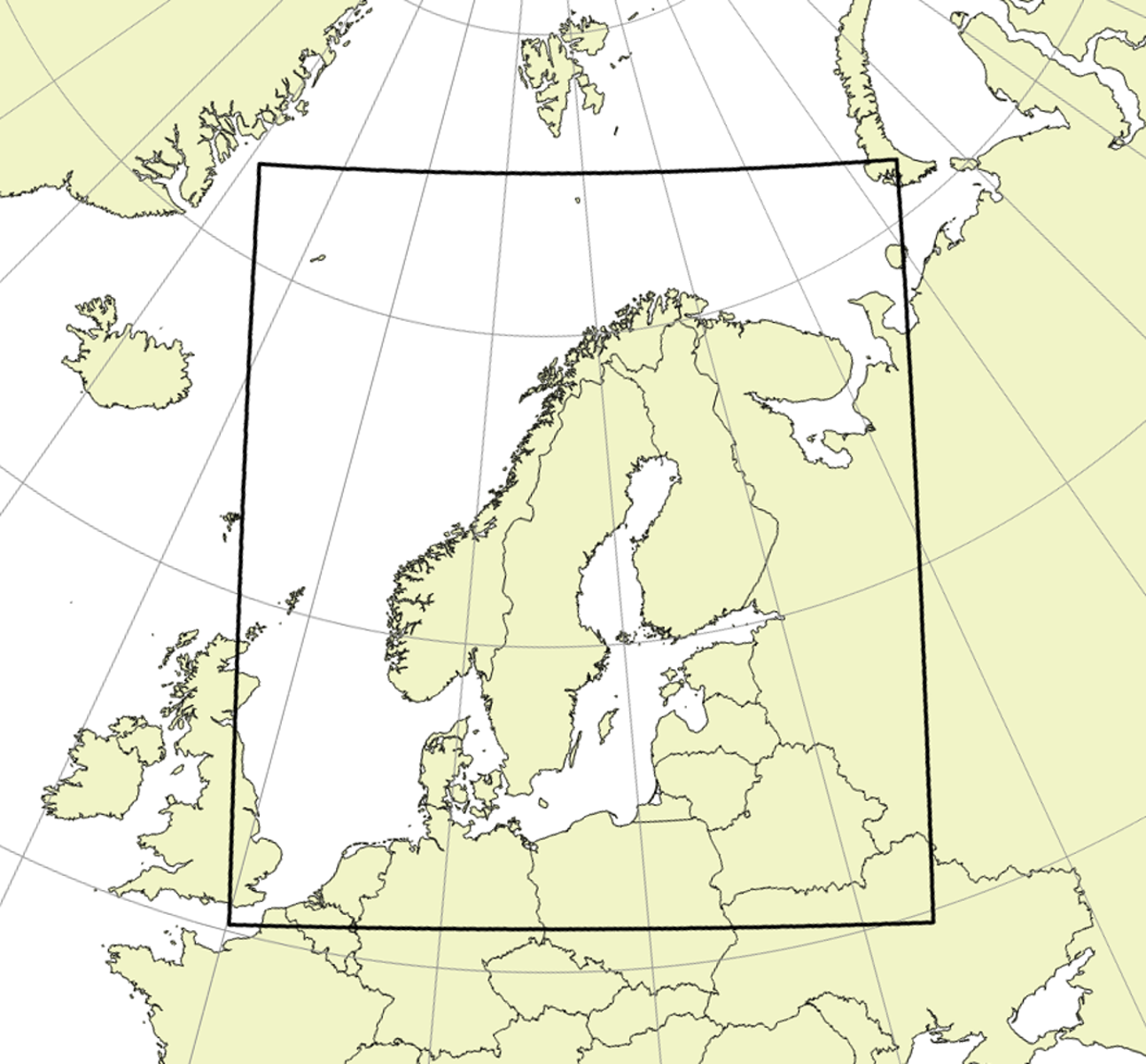Weather forecast models
Computational numerical weather forecasts are an integral part of modern weather forecast services. Typically, a meteorologist making a weather forecast has access to the results of several numerical models as well as to observations from all around the world. Using his or her knowledge and experience the forecaster then uses this information to make the actual forecast supplied to the public and to various specific end-users like energy producers or authorities responsible for general safety.
A numerical weather forecast system is a complicated computer application consisting of many tasks, including not only the running of the actual forecast model but also the management of observations, data transfer and post-processing of the products. The forecast model itself, being based on physical laws and equations, simulates the actual behaviour of the atmosphere as closely as possible.
To start the weather forecast, the initial state of the atmosphere at the beginning of the forecast period is first determined by a data assimilation system that produces it by combining information from earlier forecasts and the latest observations. After the actual forecast run, the results are post-processed into more user-friendly formats or to be ingested into different special purpose models (e.g., road weather or air quality models). This often includes the determination of specific variables and parameters not directly available from the model.

At the Finnish Meteorological Institute, results from several numerical weather prediction models are utilized. Most of all, these include products from the European Centre of Medium Range Forecasts (ECMWF). For shorter range forecasts, more detailed forecasts are produced in Nordic cooperation using limited area model (LAM) called HARMONIE-AROME that is being developed by FMI in international co-operation with a number of European countries.
5.8.2022
